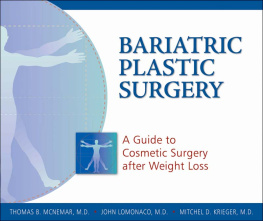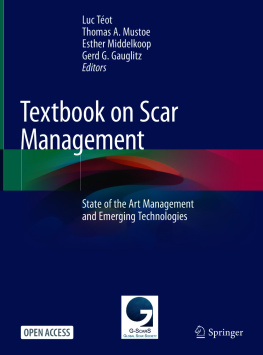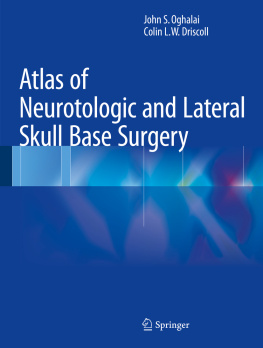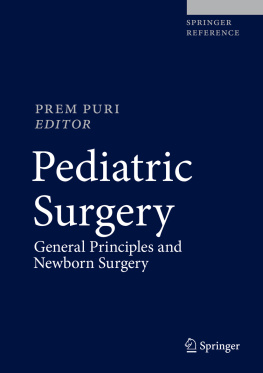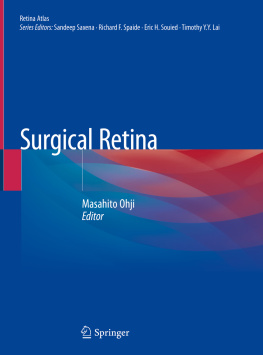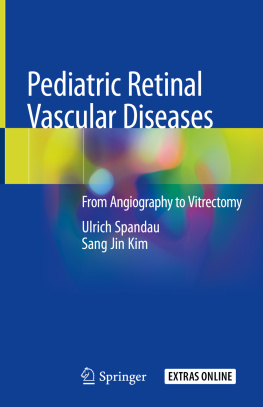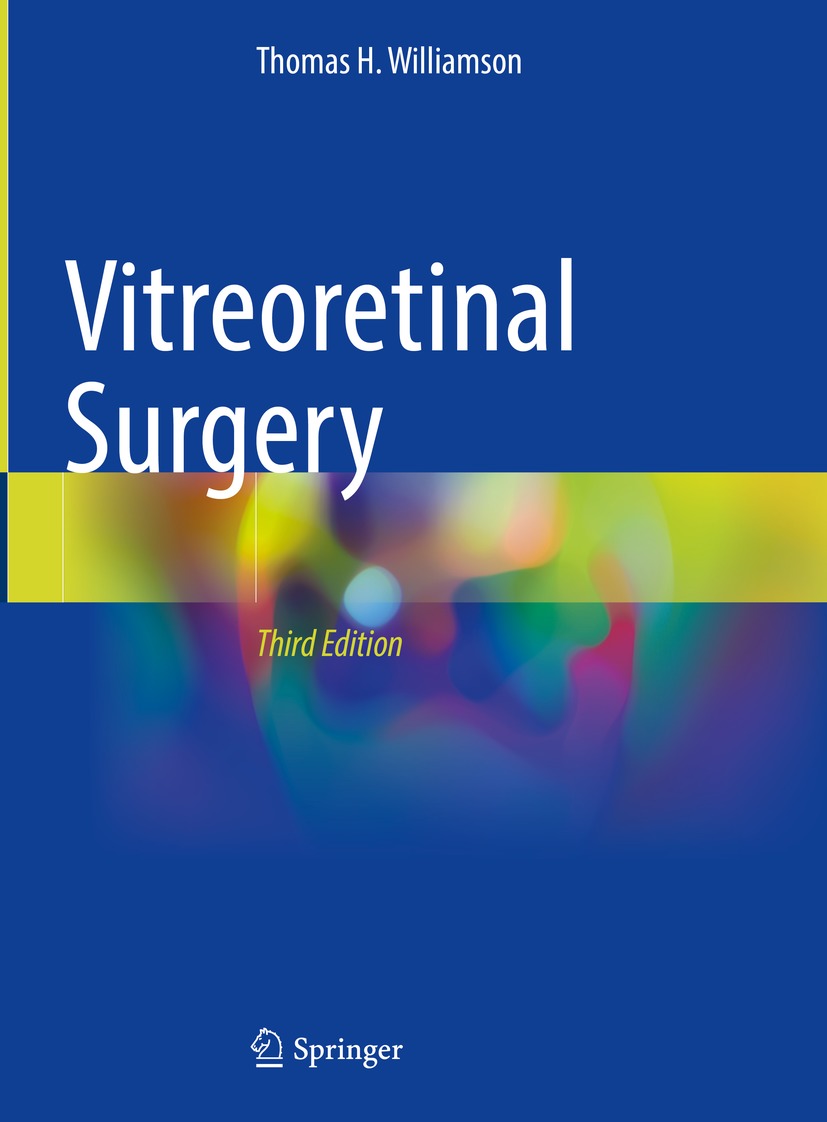Thomas H. Williamson
Department of Ophthalmology, St. Thomas Hospital, London, UK
ISBN 978-3-030-68768-7 e-ISBN 978-3-030-68769-4
https://doi.org/10.1007/978-3-030-68769-4
The Editor(s) (if applicable) and The Author(s), under exclusive license to Springer Nature Switzerland AG 2021
This work is subject to copyright. All rights are solely and exclusively licensed by the Publisher, whether the whole or part of the material is concerned, specifically the rights of translation, reprinting, reuse of illustrations, recitation, broadcasting, reproduction on microfilms or in any other physical way, and transmission or information storage and retrieval, electronic adaptation, computer software, or by similar or dissimilar methodology now known or hereafter developed.
The use of general descriptive names, registered names, trademarks, service marks, etc. in this publication does not imply, even in the absence of a specific statement, that such names are exempt from the relevant protective laws and regulations and therefore free for general use.
The publisher, the authors and the editors are safe to assume that the advice and information in this book are believed to be true and accurate at the date of publication. Neither the publisher nor the authors or the editors give a warranty, expressed or implied, with respect to the material contained herein or for any errors or omissions that may have been made. The publisher remains neutral with regard to jurisdictional claims in published maps and institutional affiliations.
This Springer imprint is published by the registered company Springer Nature Switzerland AG
The registered company address is: Gewerbestrasse 11, 6330 Cham, Switzerland
Preface
Readers of the first and second editions will know that the purpose of this textbook is to provide a cohesive approach to vitreoretinal diagnosis and surgery. The book has been deliberately written single handedly by the author to prevent the duplication that makes multi-author texts often unwieldy and contradictory. The text is a condensation of the knowledge I have built up over 25 years in vitreoretinal surgery in a tertiary referral unit in central London in the UK. The surgical methods provide an effective way of dealing with almost all vitreoretinal problems.
Surgical technique is in constant development, a reflection of the excitement that surrounds this great speciality. Even in the short time from publication of the first edition in 2008, and the second edition in 2012, there have been major changes in methodology such as the adoption of small gauge vitrectomy in nearly all centres. This edition brings the subject up to date yet again, and therefore should be beneficial to existing users of the book and to new.
The text has been extensively overhauled and expanded, and the figures increased from 600 in the first edition, to 1000 in the second, and to 1225 in the third. The text provides the essential information to diagnose vitreoretinal disorders and perform surgery. The figures are used to illustrate clinical features and describe surgical methods.
To provide the reader with an alternative viewpoint on surgery, 16 international experts have provided completely new surgical Pearls of Wisdom. These are scattered through the text and have been an extremely popular addition in the past. I am incredibly grateful to the contribution of these surgeons to the book.
For the first time, I have included finite element analysis of vitreoretinal conditions provided by Mahmut Dogramaci, who is a vitreoretinal surgeon in the UK. These provide an engineers look at the physics of vitreoretinal surgery.
Finally, my thanks go to all the trainees and surgeons who have been kind enough to provide me with feedback on the book and for their compliments and support.
As a new initiative, I will be providing web-based seminar teaching based on the book through Medsales Academy, UK. Look out for this and join in the courses for direct access to live teaching with me, the author.
I hope you enjoy the third edition; any feedback will be gratefully received. If you wish to give feedback, you can find my contact details on www.retinasurgery.co.uk .
Thomas H. Williamson
London, UK
List of Figures
Fig. A.1 The intermolecular attractions are shown around the molecules in a liquid (e.g. oil) in contact with another liquid or a gas (e.g. air). Within the liquid each molecule is pulled equally in all directions by neighbouring liquid molecules top left, resulting in a net force of zero. At the surface of the liquid, the molecules are more attracted to other molecules inside the liquid than outside in the gas, producing an overall force inwards. The liquid would like to be a sphere but is usually distorted by other forces, e.g. gravitational
Fig. A.2 Gas in the vitreous cavity has a flattened inferior meniscus
Fig. A.3 Silicone oil in the vitreous cavity has a more spherical inferior meniscus
Fig. A.4 Even a large bubble of a fluid that takes up a spheroidal shape (e.g. oil) within a sphere (the eye) has a small contact area on the inside of the sphere (grey line and arrows) whereas a smaller bubble of distortable fluid (e.g. air) with a flat meniscus will have a large contact area (black dashed lines)
Fig. A.5 Notice the gas in the vitreous cavity visible on MRI with the patient face up. There is a flattened inferior meniscus
Fig. A.6 Oil has a spherical inferior profile (CT scan patient face up)
Fig. A.7 The large molecule gas has low diffusivity and passes across the membrane slowly. The small molecule gas moves rapidly across the membrane. Therefore, initially the gas bubble on the left expands in relation to the gas bubble on the right
Fig. A.8 Emulsified droplets of oil are visible in the vitreous cavity of this patient on ultrasound
Fig. A.9 The effect of the angle of incidence of the Doppler beam on the velocity measurements is shown. At high angles the effect on the measurements is high


